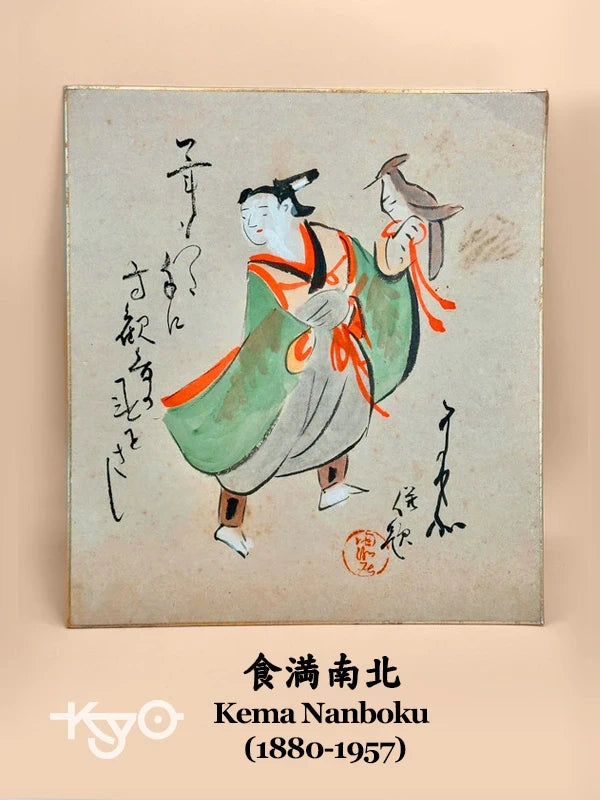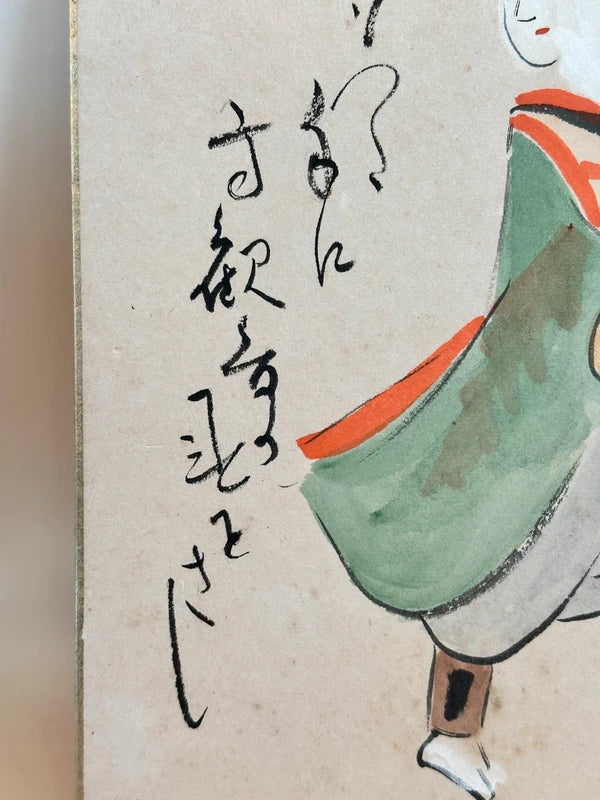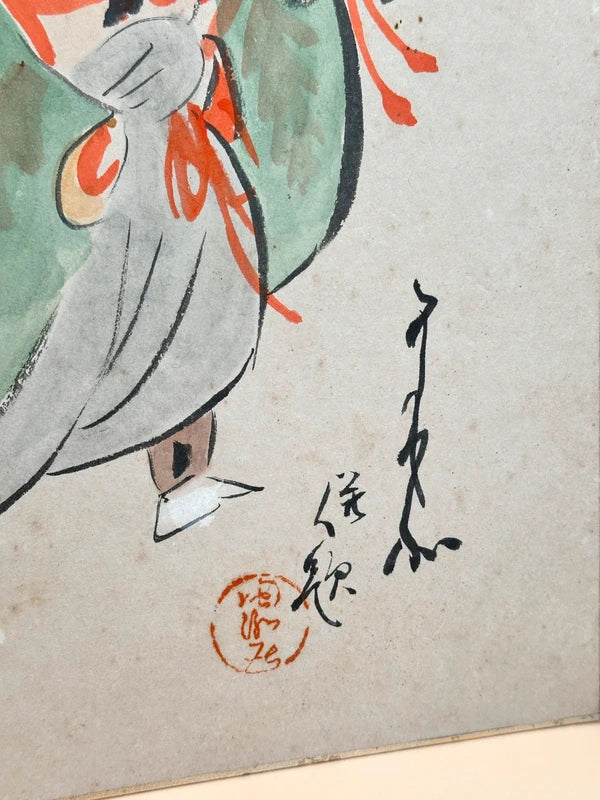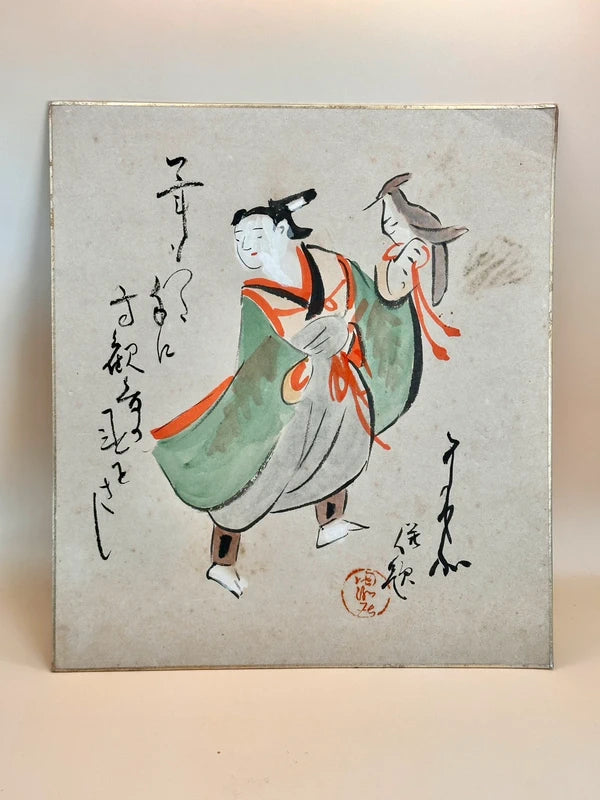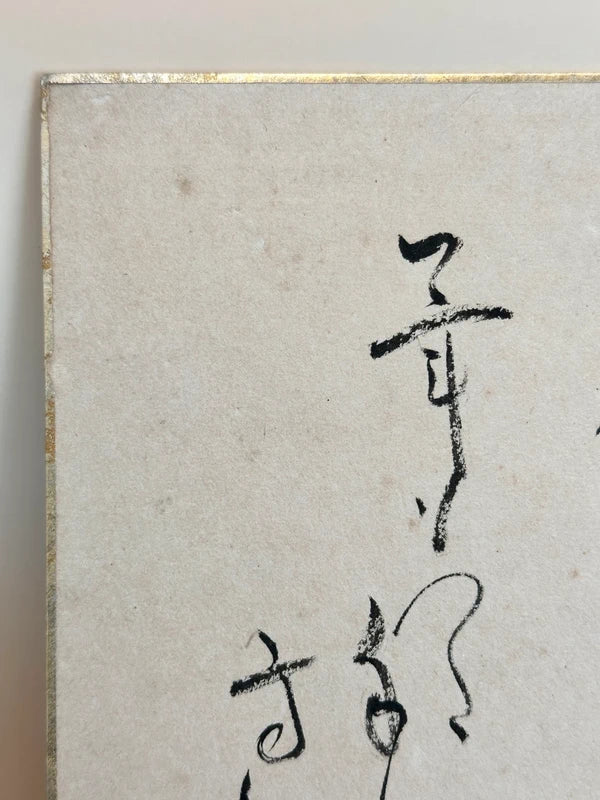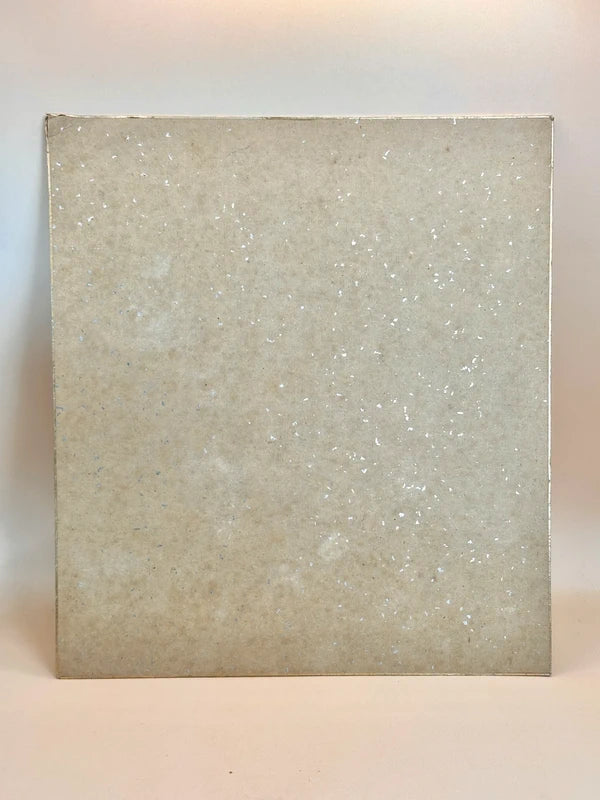SHP121 - Original shikishi by Kema Nanboku 食満南北
SHP121 - Original shikishi by Kema Nanboku 食満南北
A 100 years old original hand-painted Japanese shikishi card by Kema Nanboku (食満南北), a celebrated figure in the world of Kansai Kabuki theater.
Rendered in fluid, expressive brushstrokes and vibrant hues, the artwork depicts a typical character in Ōtsu-e, the falconer represents a heroic or authoritative figure, while the bird (often a hawk or eagle) emphasizes keen vision and control—conveying a sense of auspiciousness and dignity.
Kema Nanboku born Teiji in Sakai City, Osaka, on July 31, 1880, was a renowned kabuki playwright and multi-talented artist of the Meiji, Taisho, and Showa periods. Originally the son of a sake brewer, his lifelong love of theater eventually led him to become an apprentice under the novelist Murakami Nairoku and later a disciple of famed kabuki playwright Fukuchi Ochi at Tokyo's Kabukiza Theater.
In 1906, Nanboku returned to Osaka and joined the Shochiku theater company through the invitation of kabuki actor Kataoka Gato III. With the support of Hayashi Chozaburo, he began writing kyogen plays for Nakamura Ganjiro I, ultimately becoming one of the most prominent playwrights in Kansai Kabuki. His notable debut piece, Juraku Monogatari, was written in just three days and premiered at Minamiza in 1911. Over his career, Nanboku adapted classics by Chikamatsu Monzaemon, as well as modern literature by Tanizaki Junichiro and Akutagawa Ryunosuke, leaving behind over 100 works.
Nanboku was also a gifted senryu poet, calligrapher, and painter, producing numerous shikishi and scrolls featuring witty or introspective compositions. His artistic sensibility extended beyond the stage, showcasing a rich appreciation for visual and literary expression.
Size: 24 x 27cm
Share
